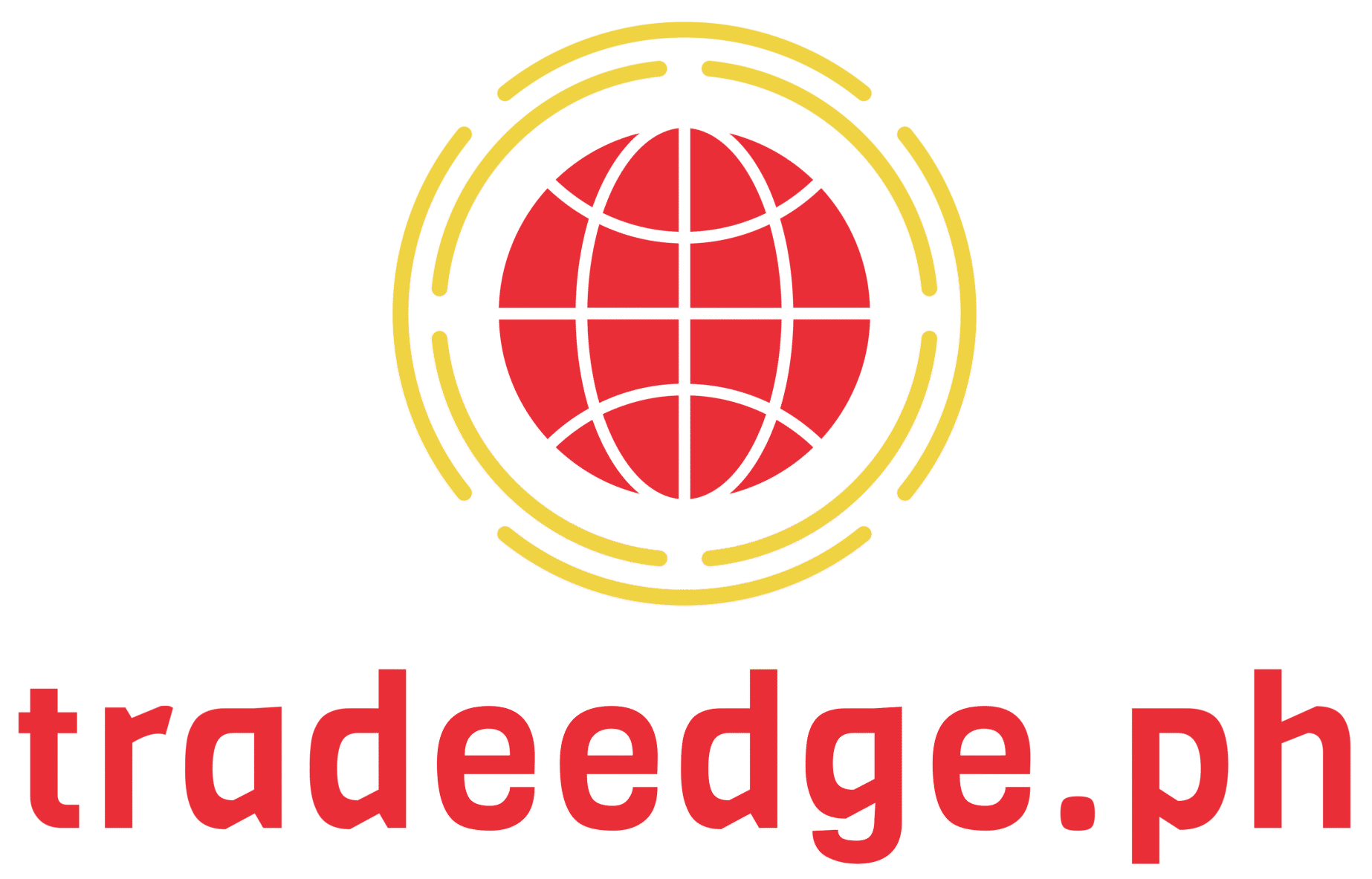Small and Medium Enterprises (SMEs) are the heart of the Philippine economy, making up a significant portion of the country’s businesses. However, the road to success for these enterprises is often marked by various hurdles that prevent them from fully realizing their potential. From financial challenges to competition with larger firms, SMEs face a number of obstacles that require strategic interventions to overcome.
One of the most pressing challenges for SMEs in the Philippines is the lack of capital. Traditional banks often view small businesses as high-risk, and as such, they are hesitant to approve loans or provide credit. Many small business owners do not have sufficient collateral or a solid credit history, which makes accessing funding even more difficult. Without financial support, it is nearly impossible for SMEs to invest in new projects or improve their operations.
Additionally, navigating the regulatory environment poses a significant challenge. Bureaucracy in the Philippines can be overwhelming, especially for small business owners who may not have the resources to deal with complex legal and administrative processes. The time spent on compliance and paperwork diverts attention from the core aspects of running a business, ultimately affecting productivity.
Another challenge is the shortage of skilled labor. While the Philippines has a large labor force, there is a growing gap between the skills offered by workers and the demands of employers, particularly in specialized fields. SMEs may not have the resources to provide adequate training for their employees, and thus struggle to build a skilled workforce capable of meeting the demands of the business world.
Furthermore, competition from larger enterprises is a constant challenge for SMEs. Big corporations often benefit from economies of scale, allowing them to offer products and services at lower prices. SMEs, on the other hand, struggle to compete on pricing, which makes it difficult for them to maintain market share. Marketing and brand recognition are also significant challenges, as small businesses may lack the funds or expertise to engage in effective marketing strategies.
The poor state of infrastructure in certain regions also impacts SMEs, particularly in rural areas. Limited transportation infrastructure can increase operational costs, while inconsistent internet connectivity can limit access to digital marketing platforms and e-commerce opportunities. This further isolates SMEs from potential markets and hinders their ability to compete in a digital world.
Finally, external factors such as economic downturns, political instability, and natural disasters can have a devastating impact on SMEs. These businesses are often the most vulnerable to changes in the market, as they typically have fewer resources to weather these challenges.
Despite these obstacles, many SMEs in the Philippines have found innovative solutions to overcome these challenges. Government programs designed to support SMEs, such as access to low-interest loans and training opportunities, can provide critical assistance. Embracing technology and digitizing operations is another strategy that has proven successful in helping businesses scale and remain competitive. By addressing these challenges, SMEs can continue to drive economic growth and contribute to the Philippine economy.




